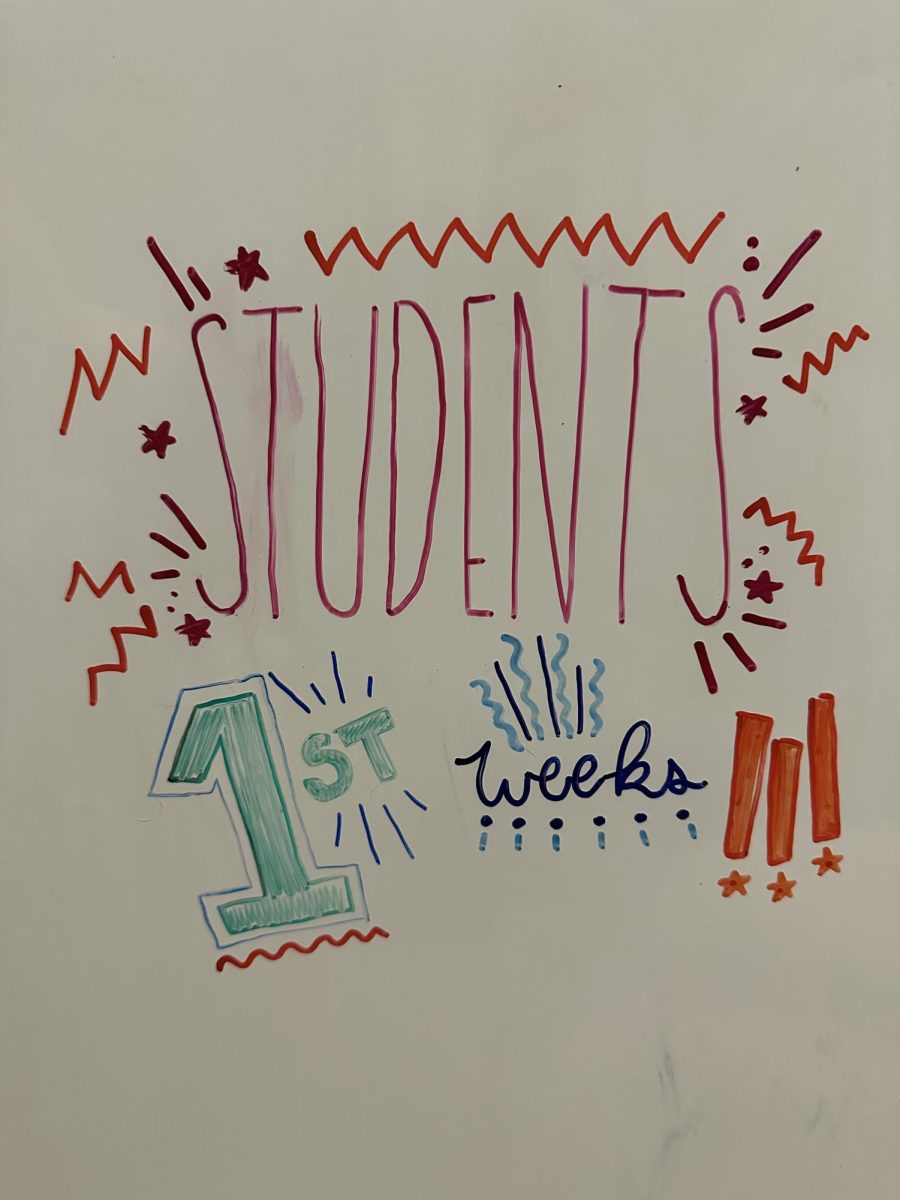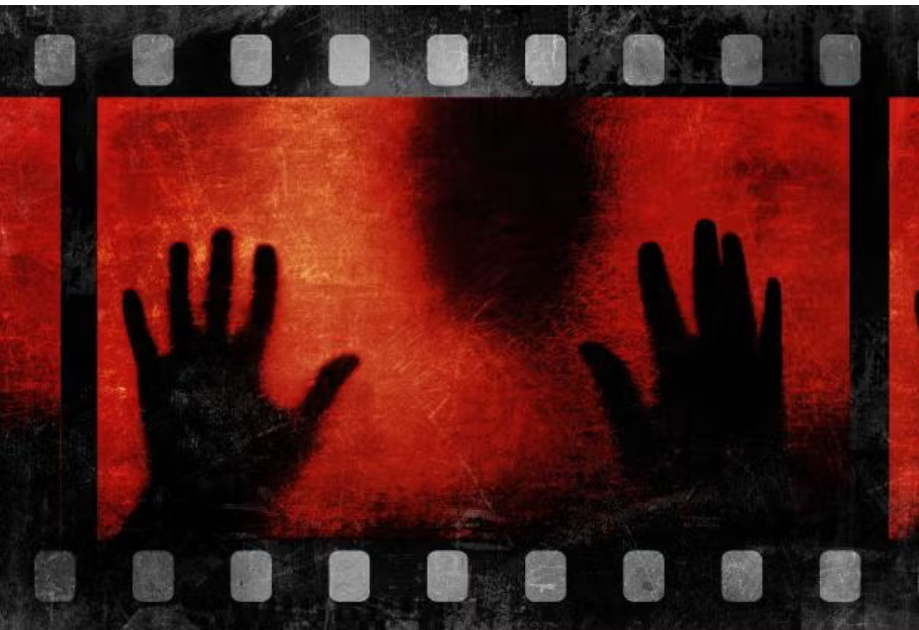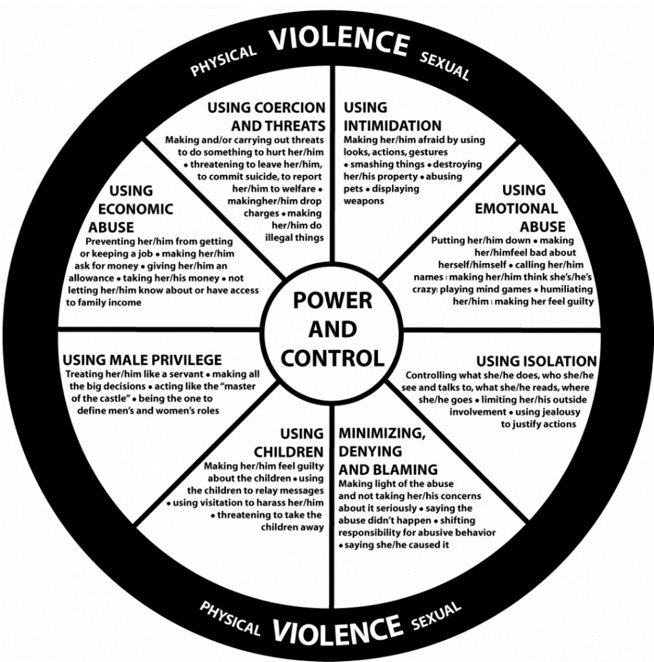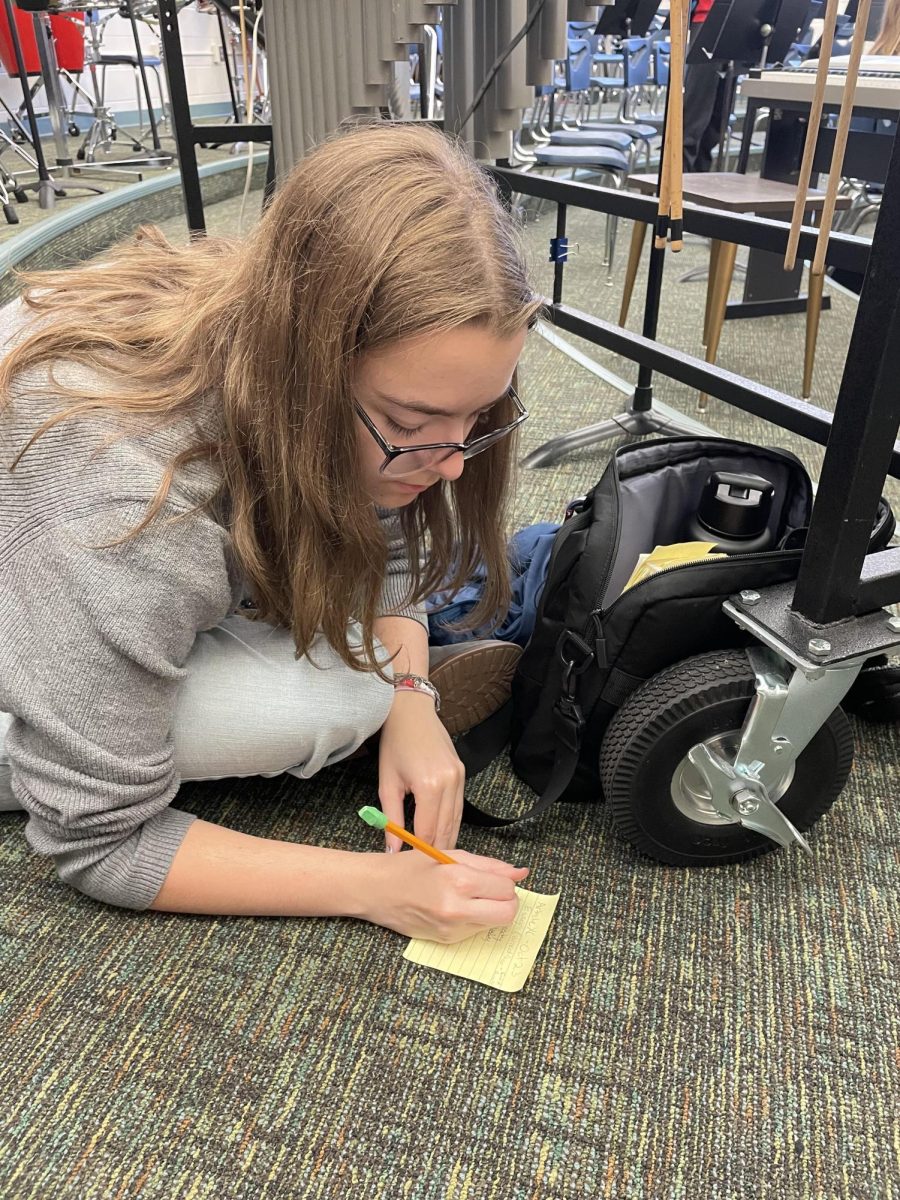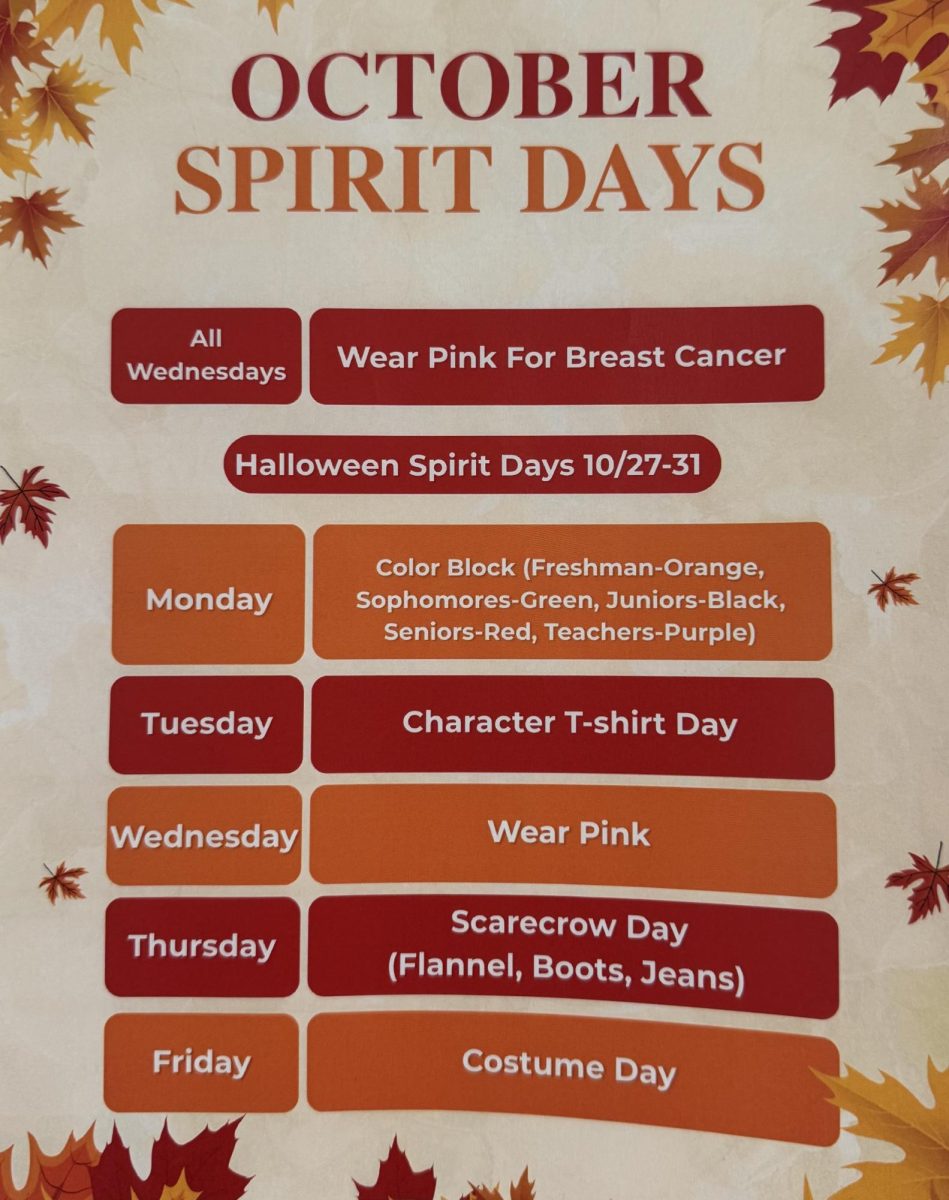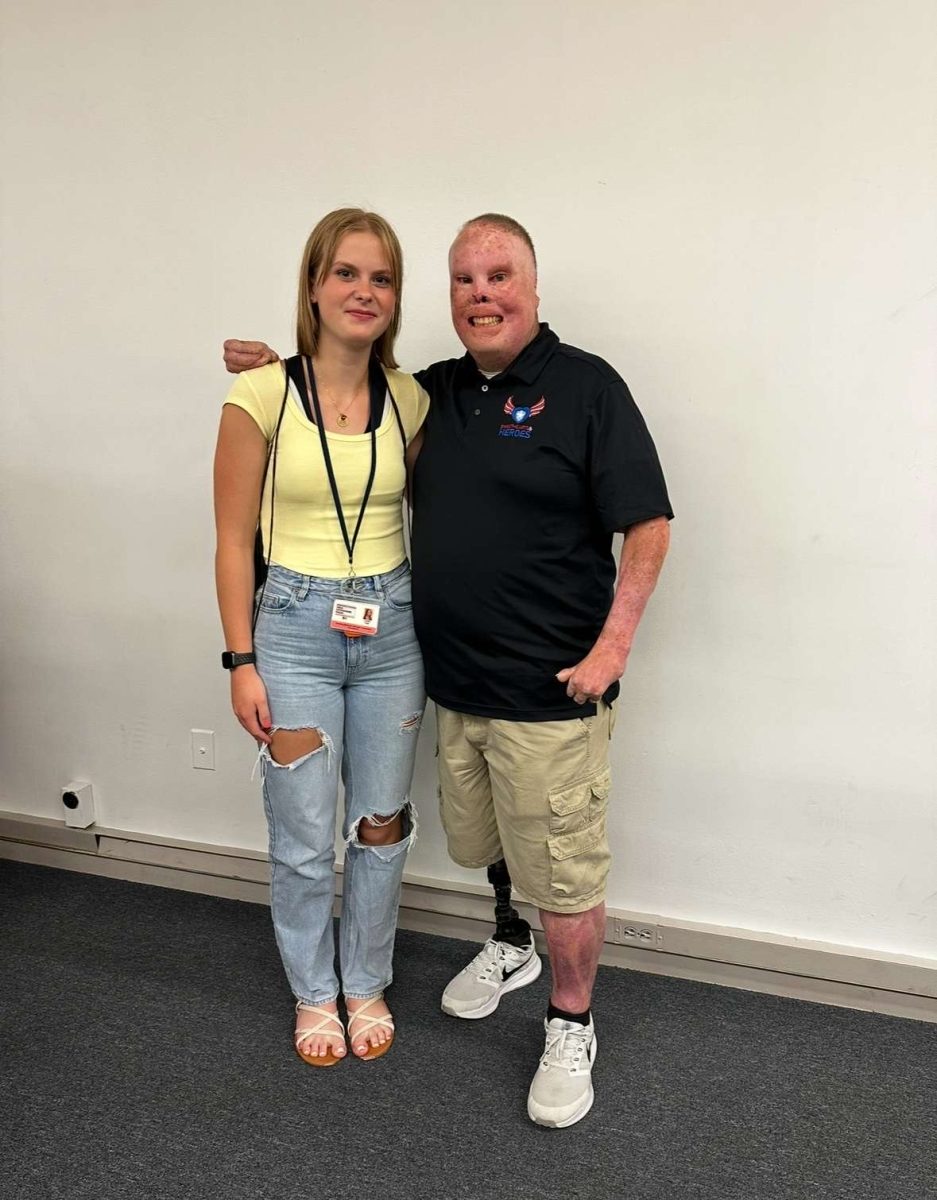October is Domestic Violence Awareness month. DV is a hard topic to read about, so please feel free to leave this article and read something else. If you or someone you know is dealing with DV there are resources linked at the end of the article to help.
Defining DV, it is a pattern of behaviors used by one partner to maintain power and control over another partner in an intimate relationship. The violence does not have to be physical, as there is also emotional and financial abuse. People in these situations may not see the signs until it is too late, as many DV victimizers hide their true intentions. They may even seem like the perfect partner at first. They use manipulation tactics to get their partner under their power, making it seem impossible to leave in most cases.
There are many signs to spot domestic violence. Having said that it is easier said than done. What to look for is change in behavior, as time progresses the signs may get worse. Insulting, demeaning, or shaming to knock down partner’s self-confidence, being jealous of partner’s friends and family—trying to isolate partner from them, preventing partner from making their own decisions, controlling finances such as withholding money from partner, pressuring partner to be intoxicated, using intimidation (weapons or threat) and physical abuse to make partner submit, and destroying partner’s belongings are just to name a few, but there are many more that are hard to spot.
Anyone can be a victim of DV, as it happens to a range of people of all genders, race, age, relation, faith—Domestic violence does not discriminate. If you or someone you know is seeing signs; it is never too late to reach out. In cases of DV it is best to leave as early as possible, but it is never too late.
For more information, visit:
https://www.thehotline.org/identify-abuse/














